Practise breaking words into syllables and labelling each syllable with its corresponding syllable type.
What’s All the Hype About Syllable Types?
When teaching our students to read and write, we want to arm them with as many tools as possible to help them break down words into smaller, more manageable chunks. One such tool is having an understanding of syllable types.
A syllable type is a classification we can assign to a syllable, based on its phonemic characteristics. There are six main syllable types: closed, open, magic (or silent) e, vowel team, r-controlled and consonant +le. Having an understanding of these distinct syllable types can assist our students when it comes to decoding (reading) and encoding (spelling) unfamiliar words.
Interactive Practice Breaking Words Into Syllables
This phonics resource contains 24 slides for students to work through independently, in a small group or as a whole class. Each slide contains a one-, two- or three-syllable word and a visual representation of the word. Students are required to:
- type each syllable of the word in separate text boxes
- drag and drop the correct syllable type label under each typed syllable.
For example, the word ‘volcano’ would be broken into three syllables: vol-ca-no. The labels required for each syllable would be vol (closed), ca (open), and no (open).

Tips for Scaffolding and Extension
This syllables activity has been designed to help your students develop a deeper understanding of syllable types. Should you need to support or extend students in your class, you may wish to try the following ideas:
- For students who require support, show them how to say each word slowly and clearly or how to use clapping to help them distinguish the syllable breaks.
- For students who require an extension, challenge them to come up with a list of words that follow the same syllable pattern as a chosen word from the resource. For example, the word ‘volcano’ follows the syllable pattern of closed, open, open. See if the students come up with a list of other words that follow this same pattern.
No Preparation… Just Download and Go!
Click the dropdown arrow next to the Download button to choose between the interactive Google Slides document or the Microsoft PowerPoint version of this resource.
This resource was created by Lisamarie Del Valle, a Teach Starter collaborator.
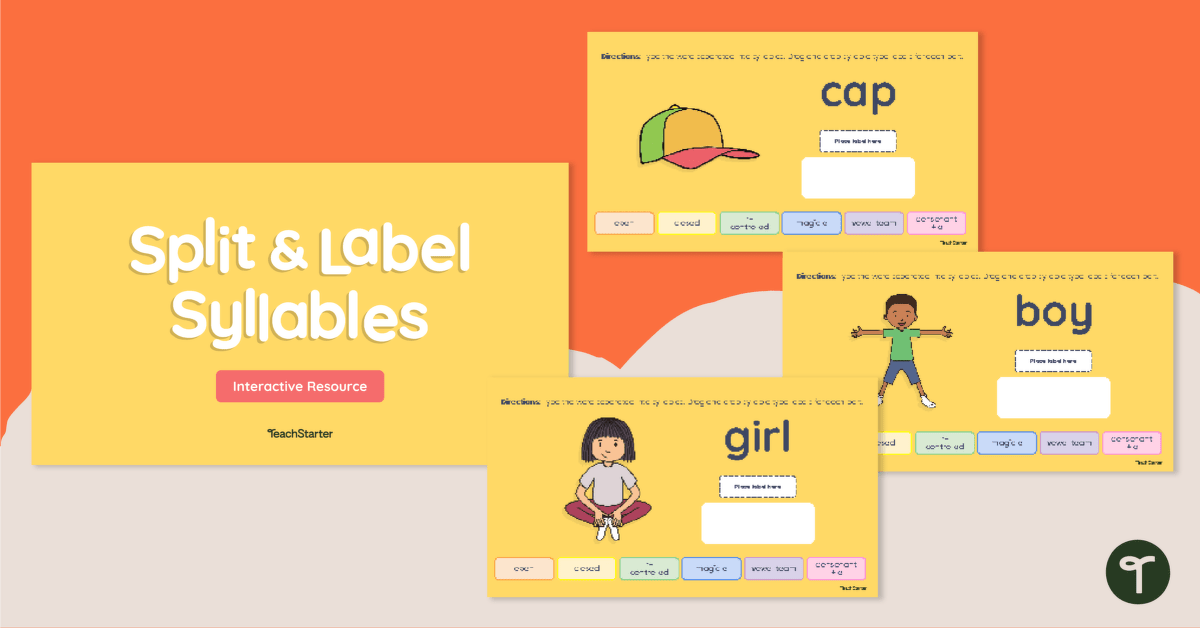


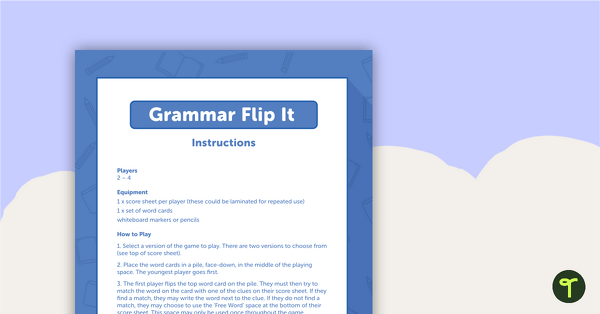
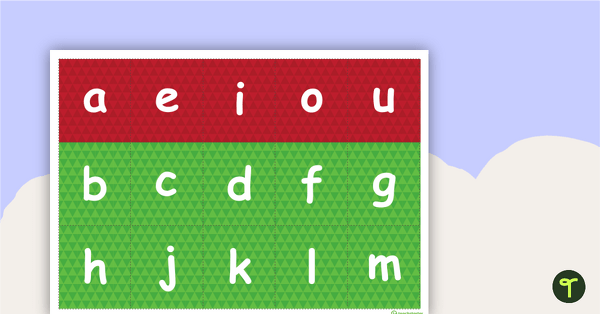
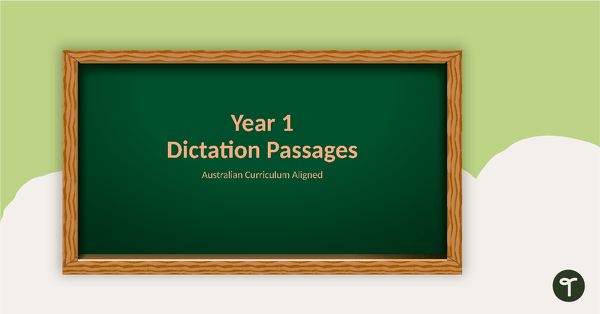
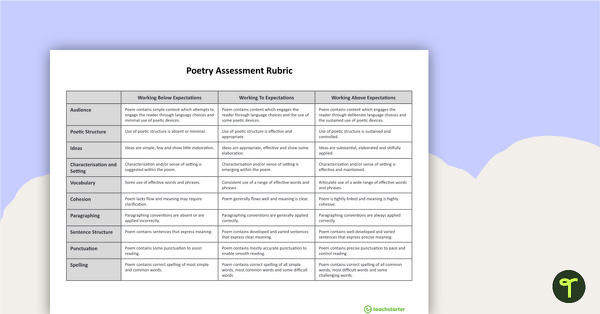
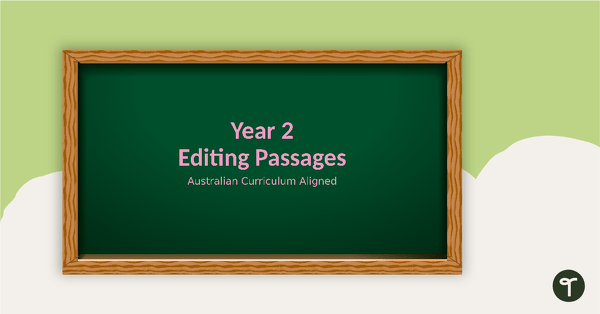
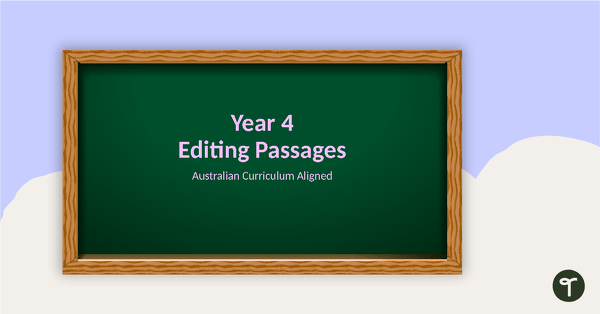

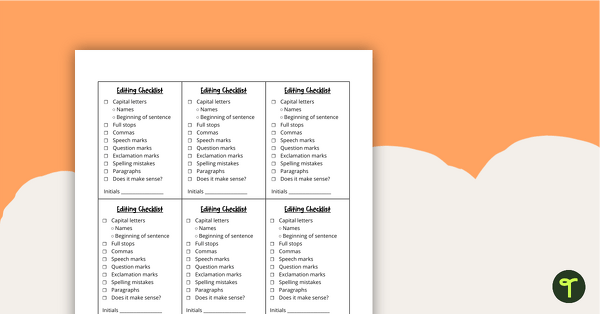
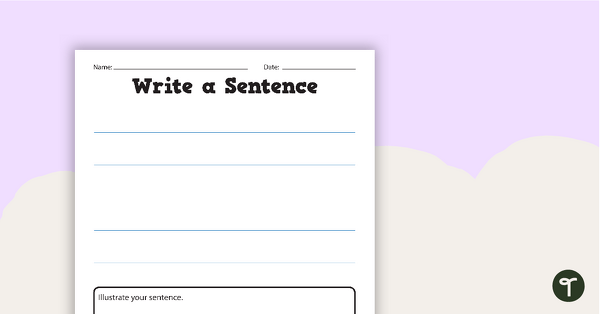
0 Comments
Write a review to help other teachers and parents like yourself. If you'd like to request a change to this resource, or report an error, select the corresponding tab above.